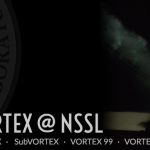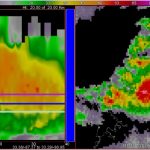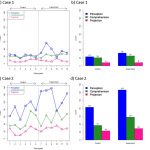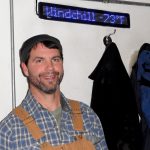
Researchers from NOAA NSSL and the University of Oklahoma traveled to the Texas-Louisiana border near the Gulf of Mexico to collect data during the landfall of Hurricane Laura.

Researchers from NOAA NSSL and the University of Oklahoma traveled to the Texas-Louisiana border near the Gulf of Mexico to collect data during the landfall of Hurricane Laura.

A study of tornadoes in the southeast begins its second year as NOAA Research announces awards of $2.5 million in grants. Scientists from more than 20 organizations are part of VORTEX-Southeast, a program to understand how environmental factors characteristic of the southeastern United States affect the formation, intensity, structure and path of tornadoes in this region.

This paper is the introduction to the AMS Meteorological Monograph entitled “The Atmospheric Radiation Measurement Program: The First 20 Years.”

This is the first paper to comprehensively evaluate the MRMS rain-snow product using mPING crowd-sourced observations.

VORTEX2 was the largest tornado research project in history, logging more than 25,000 miles per vehicle in 2010!

Summary of the initial operating capabilities of the MRMS-Severe Weather applications and 3D radar mosaicking capability.

Qualitative findings from the 2013 Phased Array Radar Innovative Sensing Experiment and uses for social science in the forecaster warning decision process.

The VORTEX project in the mid-1990s revolutionized tornado research and forecasting.

NSSL’s Dave Turner has co-authored a paper which appears in Nature Communications this month.
Eye tracking technology has many uses for NSSL researchers. Learn more about how they are using this tool.